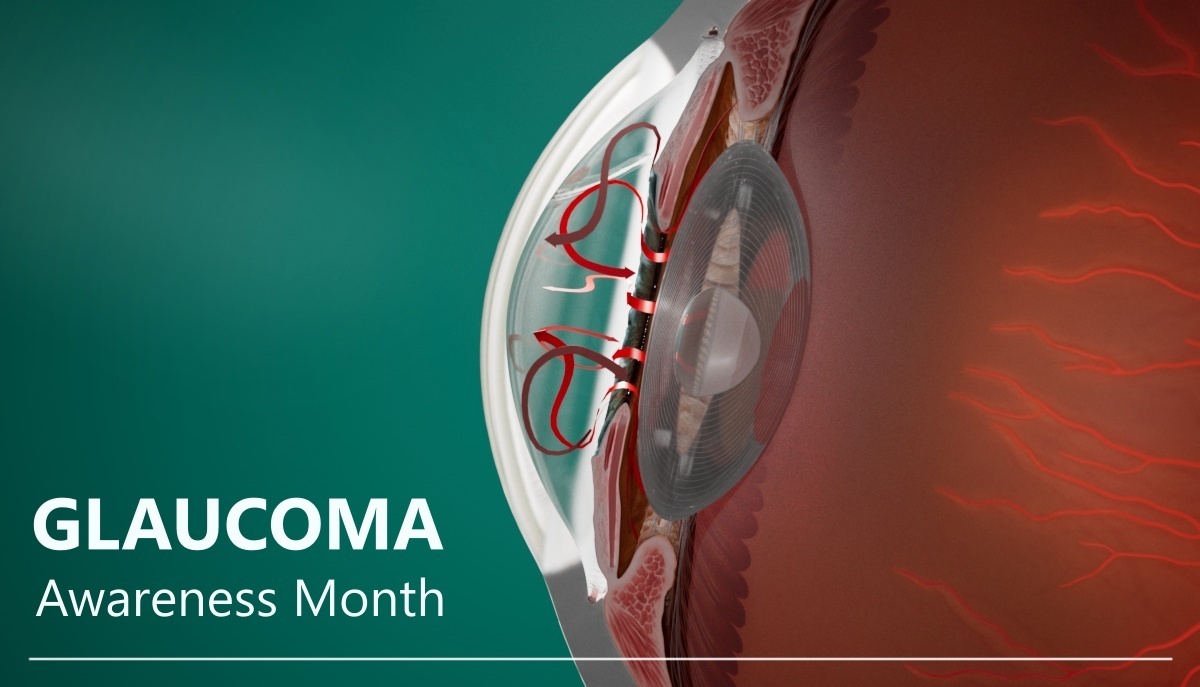
January marks Glaucoma Awareness Month. Glaucoma is a condition that affects the eyes. It can be caused by a number of factors. The most common cause is the build-up of fluid in the anterior chamber of the eye due to the fluid not being able to properly drain. This in turn can lead to increased pressure in the posterior chamber of the eye. The increased pressure in the eye can then lead to damage to the optic nerve. The optic nerve sends visual information from the eyes to the occipital lobe of the brain. Thus, vision can be affected if the optic nerve is damaged.
In glaucoma, the cornea can appear to look cloudy due to the accumulation of fluid. Glaucoma is not to be confused with cataracts. A cataract involves the lens of the eye becoming cloudy, affecting vision.
Glaucoma develops slowly overtime and can often go unnoticed until symptoms worsen. The peripheral vision is affected first. Other symptoms of glaucoma include blurred vision, patchy vision, and seeing coloured rings around lights. If left untreated, glaucoma can lead to loss of vision.
Glaucoma is more common in those over the age of 60, although it can occur in all ages. Other risk factors include ethnicity, family history or other medical conditions.
There are different types of glaucoma that can occur. The most common type is open-angle glaucoma. This is the classic slow-developing version of the condition. Acute angle-closure glaucoma is less common and has a quick onset. Secondary glaucoma is caused by a different underlying eye condition or trauma. Childhood glaucoma is rare and occurs in young children.
Regular eye tests are important in detecting glaucoma at an early stage. Treatment for glaucoma cannot reverse vision loss but it can prevent further vision loss. Eyedrops, laser treatment and surgery can be used to treat glaucoma.
Check out Complete Anatomy’s Eye Detailed Model to understand the anatomy of the eye and how it can be affected by glaucoma.
